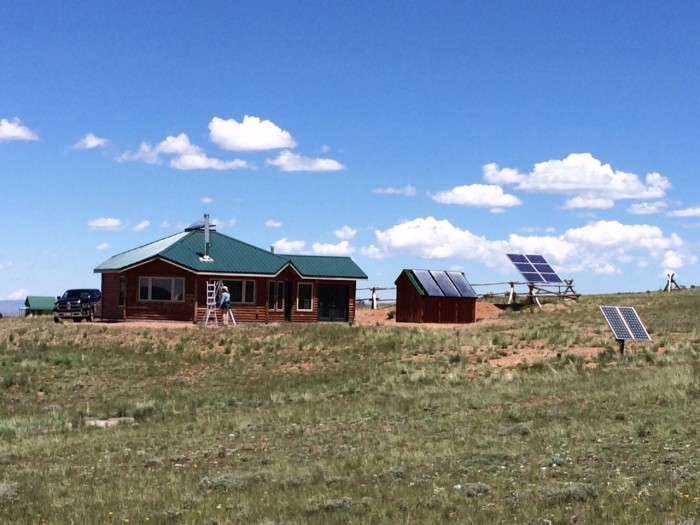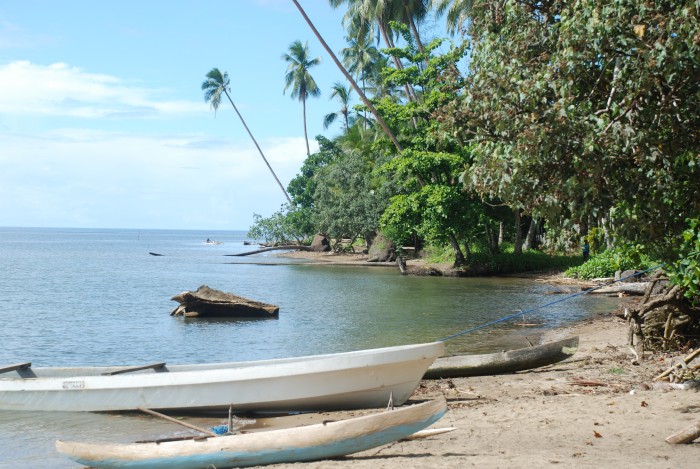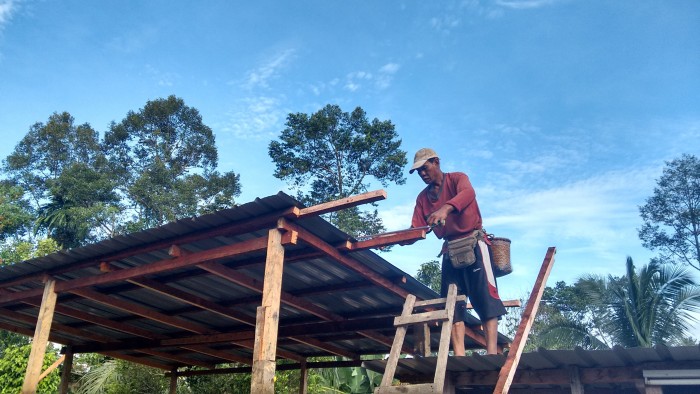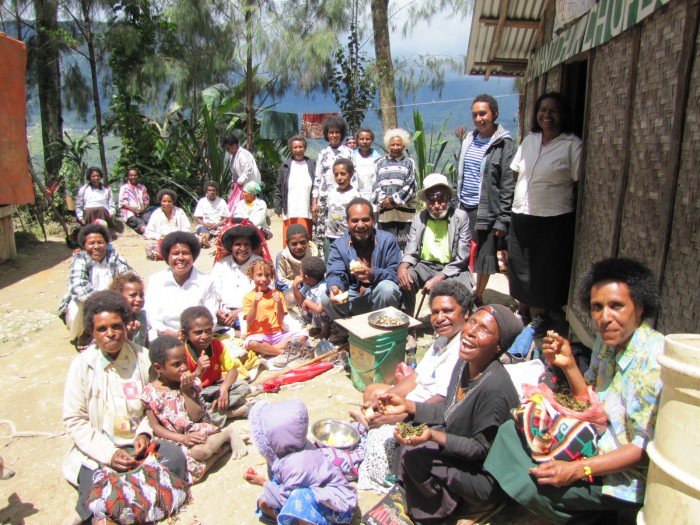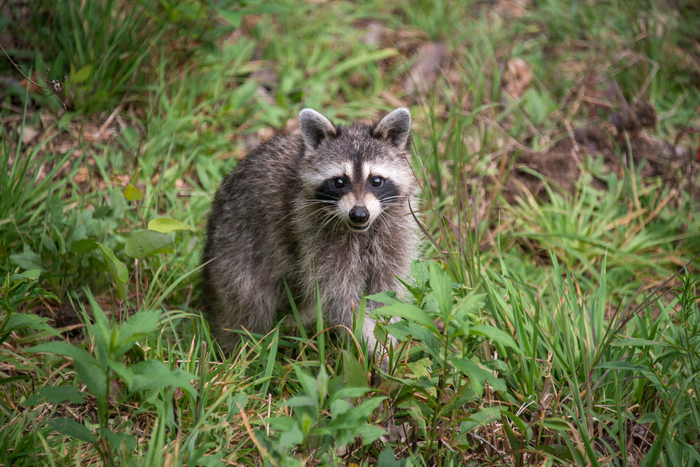Now and then scientists act in concert to speak truth to power. Back in the 1970s, for example, they invented and used the idea of a “nuclear winter,” which became a semantic weapon that helped de-escalate the Cold War arms race between the communist countries and members of NATO. Today the daily war against Earth is a prime focus: teams of scientists have coined new terms to sound the alarm about humanity’s various misuses of the nonhuman world. Chief among them is the Anthropocene. It describes human impacts on Earth of such scope, scale, and magnitude as to initiate a new phase of the planet’s 4.5-billion-year history. “Anthropo” means people, “cene” an extended period: “the age of humans,” as a rough translation. Originating in environmental science at the turn of the millennium, the Anthropocene may soon graduate from an academic buzzword to a keyword—that is, one of those terms that animates inquiry within and between a plethora of disciplines over a long period of time (in the ways that “globalization” and “genetic modification” have done since the mid-1990s).
Read More “Anthropocene Science: There May Be Trouble Ahead”
